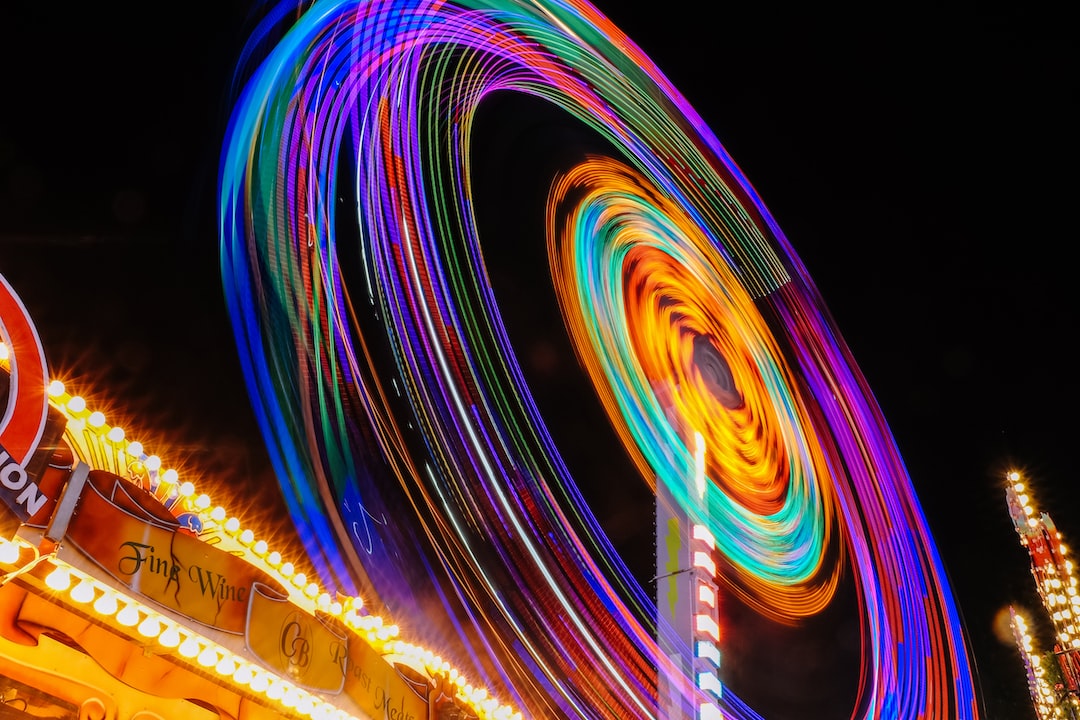A Journey Through the History of Fashion in Cinema
Fashion and cinema have always had a close relationship. From the glamorous costumes of Hollywood’s golden era to the avant-garde designs of more recent films, fashion has played a vital role in storytelling and creating iconic characters on the silver screen. In this blog post, we will embark on a journey through the history of fashion in cinema, exploring how it has evolved over the decades and left an indelible mark on popular culture.
The early days of cinema were marked by simplistic yet elegant fashion choices. In the 1920s, the flapper style dominated the silver screen, with its drop-waist dresses, short hairstyles, and bold accessories. Films like “The Great Gatsby” captured the spirit of this era, showcasing the luxurious and rebellious fashion of the time. These visually stunning costumes not only accentuated the characters’ personalities but also reflected the changing social and cultural norms of the post-World War I era.
As we moved into the 1930s and 1940s, we witnessed the rise of Hollywood glamour. Films like “Gone with the Wind” showcased extravagant gowns with sweeping skirts and intricate embroidery. The leading ladies of this era, such as Audrey Hepburn and Marilyn Monroe, became style icons, influencing fashion trends worldwide. Hepburn’s iconic little black dress in “Breakfast at Tiffany’s” and Monroe’s white pleated dress in “The Seven Year Itch” are still celebrated as timeless fashion moments.
The 1960s and 1970s saw a shift towards more casual and free-spirited fashion, reflecting the changing times. Films like “Bonnie and Clyde” and “Easy Rider” captured the counterculture movement, with their characters sporting denim, leather jackets, and fringe detailing. This era also gave rise to the bohemian fashion trend, popularized by movies like “Hair” and “Almost Famous,” which incorporated flowy maxi dresses, floppy hats, and psychedelic prints.
Fast forward to the 1980s and 1990s, and we see the influence of street style and subcultures on fashion in cinema. Films like “Clueless” and “Pulp Fiction” depicted the bold and eclectic fashion choices of the time, featuring plaid skirts, oversized blazers, and leather jackets. These films not only reflected the fashion of the era but also played a significant role in shaping it, with their characters becoming style icons for a new generation.
In recent years, we have seen a rise in period pieces, with filmmakers meticulously recreating fashion from different eras. Films like “Marie Antoinette” and “The Great Gatsby” take us back to the opulence of the past, showcasing elaborate costumes that transport audiences to a different time and place. This attention to detail not only adds authenticity to the storytelling but also allows viewers to appreciate the craftsmanship involved in creating these exquisite garments.
Fashion in cinema is not limited to historical accuracy; it also serves as a way to express a character’s personality and emotions. In “The Devil Wears Prada,” Meryl Streep’s character, Miranda Priestly, is a powerful fashion magazine editor known for her impeccable style. Through her wardrobe, we are able to understand her authority, sophistication, and unwavering confidence. Similarly, in “Black Swan,” Natalie Portman’s character transitions from an innocent ballet dancer to a dark and complex persona, which is reflected in her transformation from delicate white ballet costumes to intricate black feathers and embellishments.
The impact of fashion in cinema extends beyond the silver screen. Iconic outfits from movies have influenced fashion trends and shaped popular culture. Take, for example, the revival of the 1950s fashion trend after the release of “Grease,” or the popularity of leather jackets and aviator sunglasses due to films like “Top Gun.” Fashion designers have frequently collaborated with filmmakers to create memorable costumes, blurring the lines between art and fashion.
In conclusion, the history of fashion in cinema is a fascinating journey that highlights the close relationship between these two art forms. From the flapper style of the 1920s to the bold and eclectic fashion choices of the 1980s and 1990s, fashion in cinema has not only reflected societal changes but also influenced fashion trends. From glamorous gowns to casual streetwear, fashion in film has left an indelible mark on popular culture and continues to inspire designers and audiences alike.
